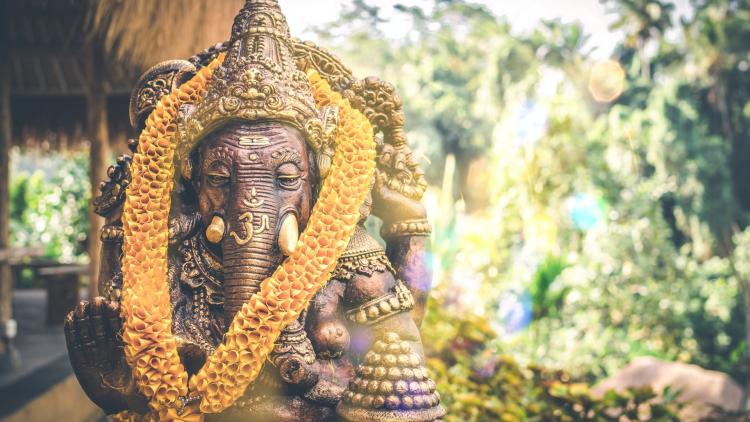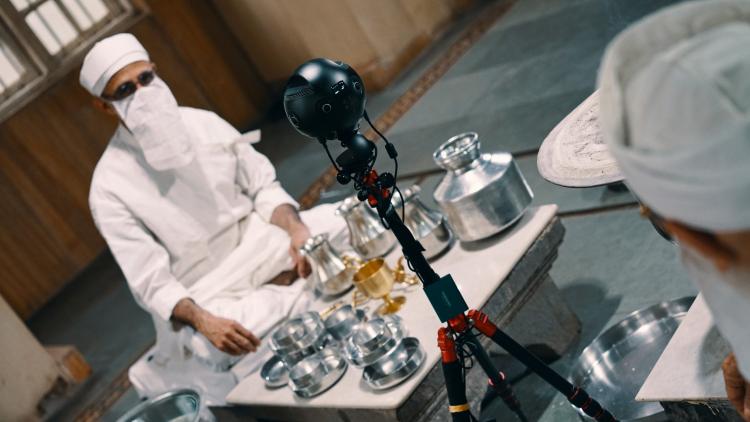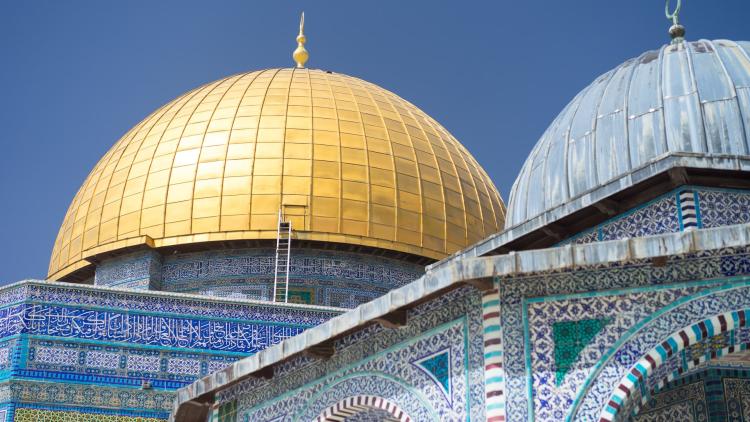R471 Taoism: the Great Tradition

Key information
- Status
- Module not running
- Module code
- 158000181
- FHEQ Level
- 6
- Credits
- 15
- Department
- Department of Religions and Philosophies
Module overview
This module will offer a main narrative of Taoism as a recognisable tradition of religious ideas and practices throughout the history of China.
The first part of the course will explore the historical development of Taoism in pre-modern China. We will analyse the early shaping of Taoist identity at the stage sometimes defined as ‘proto- Taoism’ (from antiquity to the second century CE), focusing on ancient texts like the Taodejing and the Zhuangzi. Then attention will be paid to the emergence and development of Taoism as an organised religion, with special emphasis on the Celestial Master (Tianshi) and its attitude towards popular cults, and also the emergence of the Shangqing, Lingbao and Quanzhen traditions.
The second part of the course will focus on specific themes, such as the relationship of Taoism with Buddhism and Confucianism; ritual performances in Taoism; the formation of the Taoist canon; women as both goddesses and practitioners; outer and inner alchemy, also in relation to Chinese medicine.
The course will end with a survey of modern developments, assessing the presence and new social role of Taoism in contemporary China and Taiwan, organisations such as the Taoist Association of China, and areas like the concern for the environment.
A weekly two-hour lecture will be shared by undergraduate and postgraduate students. A separate one-hour seminar for MA students will focus on selected readings and in-depth discussion of the topics treated in the lecture.
Reading assignments and recommendations will be indicated weekly on BLE. The titles after each lecture topic in the schedule below are only meant as preliminary suggestions.
Objectives and learning outcomes of the module
At the end of the course, students should be able to:
- demonstrate a good understanding of the history, doctrines and rituals of Taoism, in the wider context of Chinese indigenous religion;
- define and describe Taoism as a religious tradition, locating its overlaps with and departures from popular cults and Buddhism;
- map the different strains and lineages of Taoism, tracing their background in classical Chinese thought, and their relevance to the identification and description of contemporary Chinese religious practice;
- be aware of the different definitions of Taoism in contemporary Western academia.
Scope and syllabus
- Introduction: What is Taoism
- Early Taoism: from Laozi to Zhuangzi
- The Celestial Masters
- The Lingbao, Shangqing and Quanzhen traditions
- The Context of the Three Teachings: Taoism and Buddhism, Taoism and Confucianism
- The Taoist Cano
- Rituals in Taoism
- Alchemy
- Women in Taoism
- Taoism in China today: from the Taoist Association of China to Ennvironmental Concerns
Method of assessment
-
Reaction paper, 1000 words (30%)
-
Essay, 2000 (70%)
Suggested reading
- Bokenkamp, Stephen. Early Daoist Scriptures, Berkeley: University of California Press, 1997.
- Kohn, Livia. Daoism and Chinese Culture . Cambridge, Mass.: Three Pines Press, 2001.
- Kohn, Livia (ed.). Daoism Handbook . Leiden and Boston: Brill, 2000.
- Kirkland, Russell. Taoism: The Enduring Tradition . London: Routledge, 2003.
- Lagerwey, John. Taoist Ritual in Chinese Society and History. London: Macmillan, 1987.
- Lopez, Donald (ed.). Religions of China in Practice. Princeton: Princeton University Press, 1996.
- Miller, James. Daoism: A Short Introduction, Oxford: Oneworld Publications, 2003.
- Robinet, Isabelle. Taoism: Growth of a Religion, Stanford: Stanford U.P., 1997.
- Schipper, Kristofer. The Taoist Body. Berkeley: University of California Press, 1993.
- Davis, Edward L. Society and the Supernatural in Song China. Honolulu: University of Hawai'i Press, 2001.
- Dean, Kenneth. Taoist Ritual and Popular Cults of Southeast China. Princeton, NJ: Princeton University Press, 1993.
- Eskildsen, Stephen. Asceticism in Early Taoist Religion . Albany: State University of New York Press, 1998.
- Hymes, Robert P. Way and Byway: Taoism, Local Religion, and Models of Divinity in Sung and Modern China. Berkeley:University of California Press, 2002.
- Kohn, Livia, and Roth, Harold D. (eds.). Daoist Identity: History, Lineage, and Ritual. Honolulu: University of Hawai`i Press, 2002.
- Lau, D.C. (trans.). Tao Te Ching. NY : Penguin Books, 1963.
- Roth, Harold D. Original Tao: Inward Training (nei-yeh) and the Foundations of Taoist Mysticism. New York - Chichester: Columbia University Press, 1999.
- Saso, Michael R. Taoism and the Rite of Cosmic Renewal. Pullman, Wash. (USA): Washington State University Press, 1990 (2nd ed.).
- Schipper, Kristofer, and Verellen, Franciscus (eds.). The Taoist Canon: A Historical Companion to the Daozang. Chicago: University of Chicago Press, 2004.
- Strickmann, Michel. Chinese Magical Medicine. Edited by Bernard Faure. Stanford, California: Stanford University Press, 2002.
Convenor
Disclaimer
Important notice regarding changes to programmes and modules


